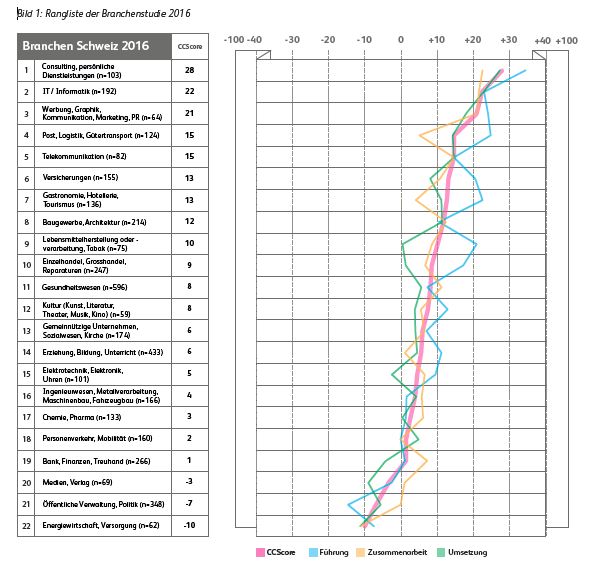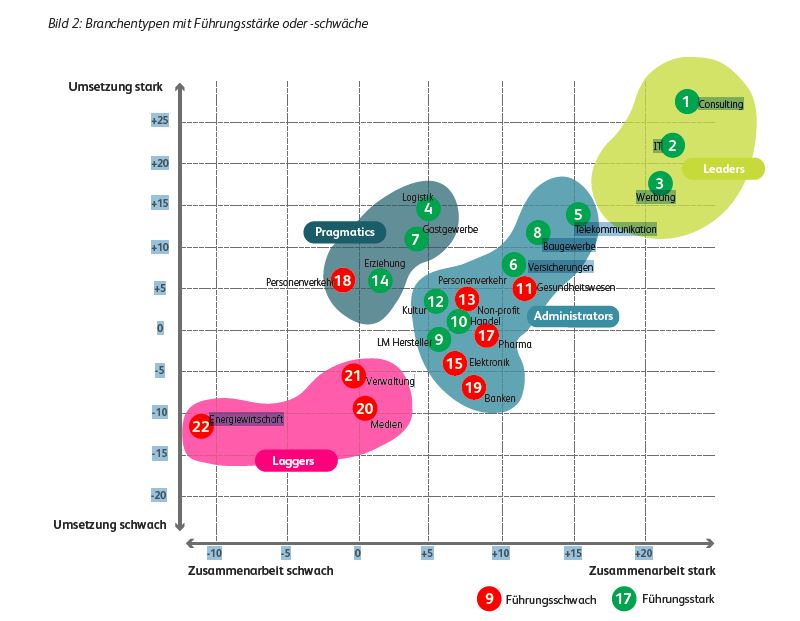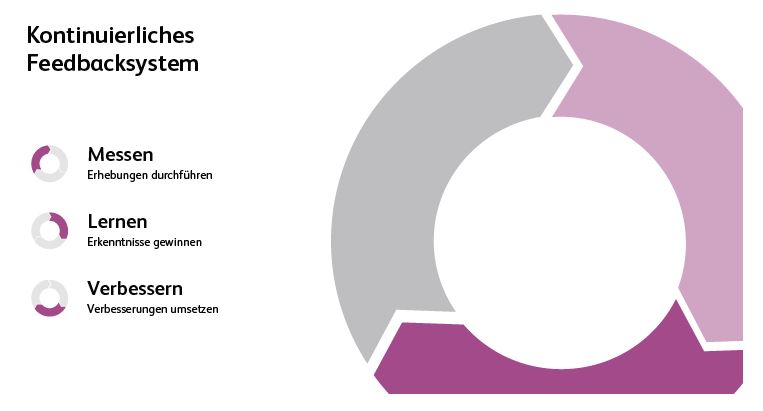The topic of customer centricity has found its way into corporate strategies and operational processes in many companies. In sales and marketing, everything finally revolves around the customer. Offers are geared towards them, customer needs are anticipated and individual solutions are offered as well as real experiences are made possible. Whether they are successful in this can be checked by parameters such as the Net Promoter Score (NPS).
Since customer experiences are increasingly becoming the central lever of differentiation and their quality and relevance are important factors for success, customers should be at the centre of every entrepreneurial action. The prerequisite for this is that employees throughout the company think and act in a consistently and holistically customer-centric way.
However, the degree of customer centricity of all employees, whether in management or operationally in direct customer contact or even those without direct customer contact, is rarely surveyed so far. Thus, very few companies know to what extent customer orientation is practised in their company. It is now possible to check this customer centricity of a company:
The Customer Centricity Score is a suitable indicator, a simple measuring instrument that maps the degree of customer centricity of the organisation and enables companies to identify the levers for more customer orientation.
 Deutsch
Deutsch
 English
English
 Français
Français





